Pompeii over-tourism prompts new visitor cap at archaeological site
The world-renowned Pompeii archaeological park is getting tough on tourists, introducing a daily visitor limit in a bid to stop potential damage from overcrowding at the ancient Italian ruins
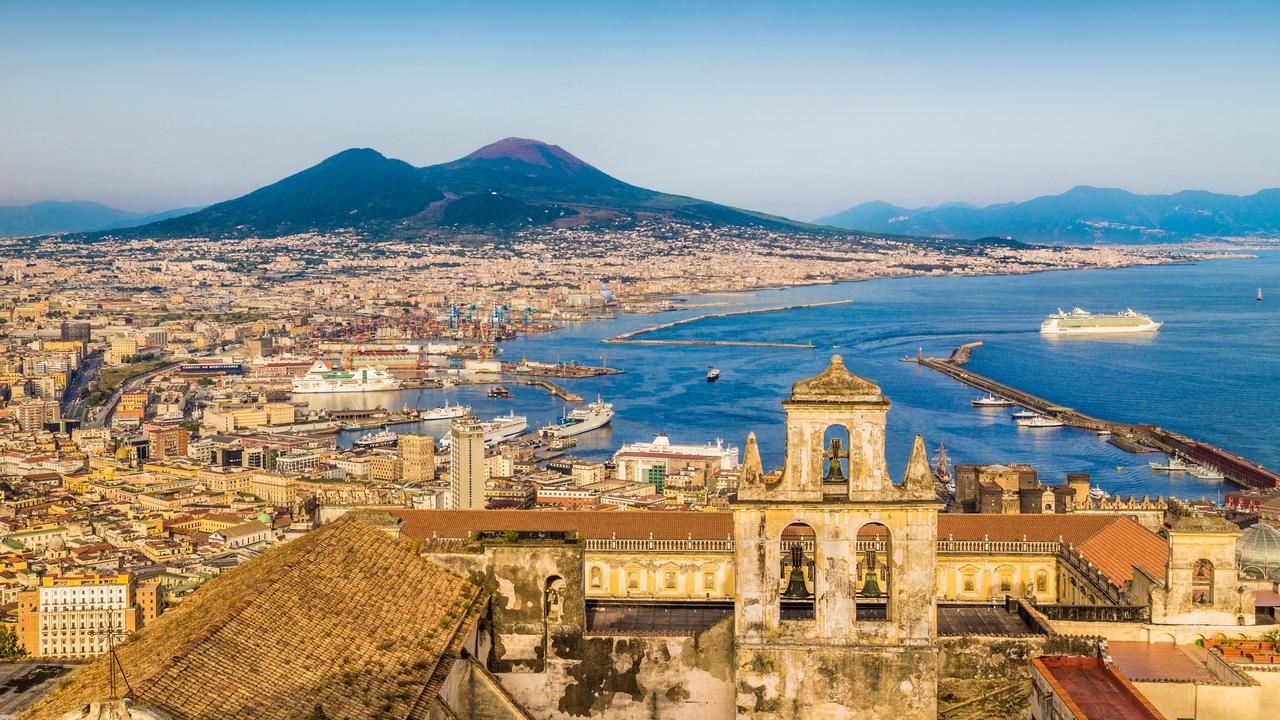
READING LEVEL: GREEN
The Pompeii* archaeological* park has capped the number of tourists who can visit the world-famous Italian site.
As of next week, no more than 20,000 people per day can visit Pompeii, in a bid to curb over-tourism.
There will also be personalised tickets containing visitors’ full names from November 15, officials have said.
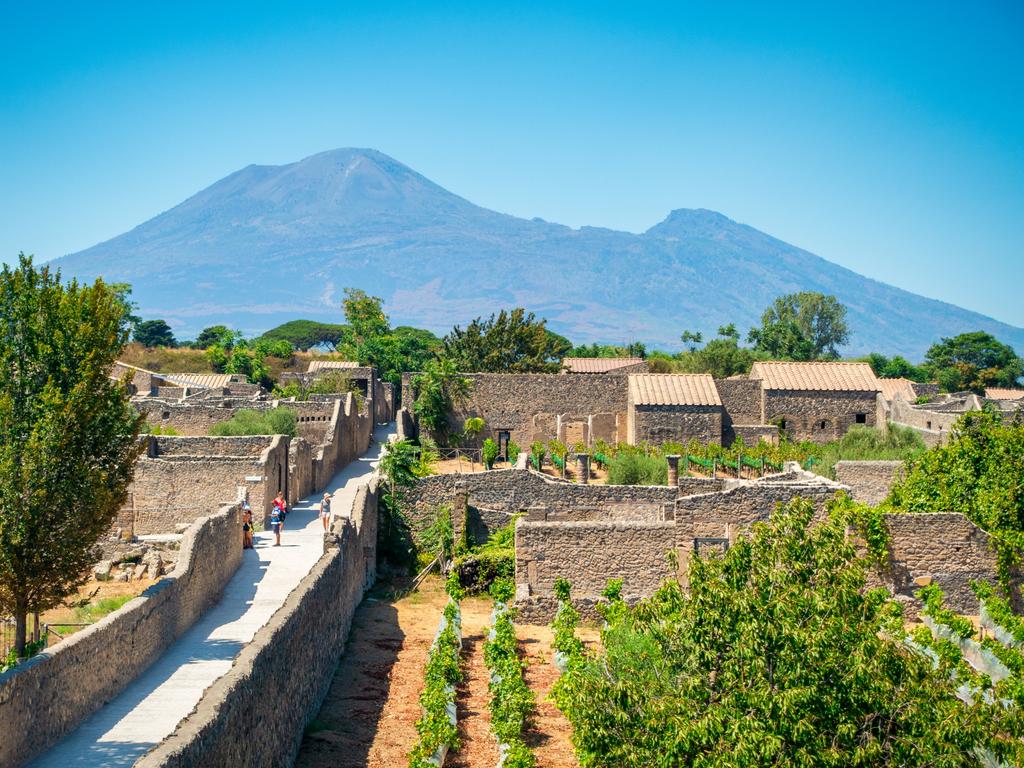
A maximum of 20,000 tickets will be released each day, with different timeslots during the peak summer season.
The cap comes after a record of more than 36,000 people entered in one day during a free-admission Sunday last month, Sky News reported.
The park’s director Gabriel Zuchtriegel said visitors to the main archaeological site now exceed an average of 15,000 to 20,000 people every day, and the new daily cap will prevent the numbers from rising further.
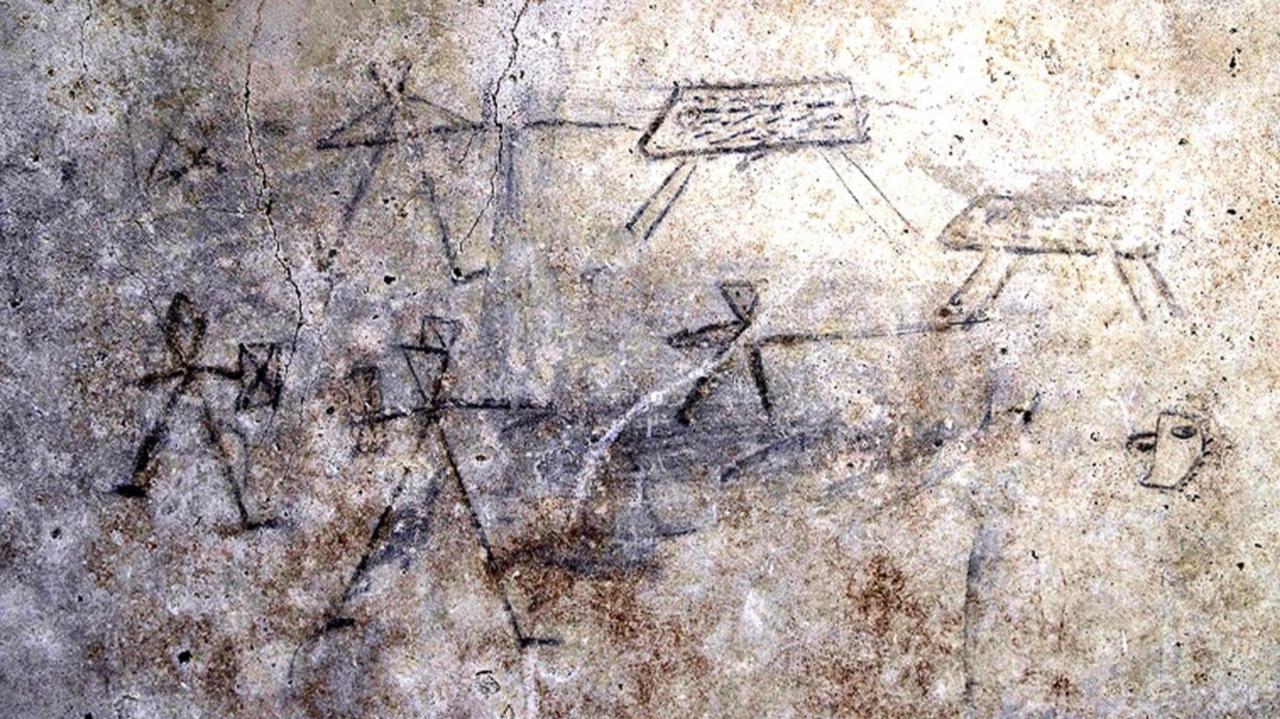
“We are working on a series of projects to lift the human pressure on the site, which could pose risks both for visitors and the heritage* (that is) so unique and fragile,” Mr Zuchtriegel said.
There’s also a push to attract tourists to other ancient sites connected to Pompeii with a free bus shuttle.
“The measures to manage flows and safety and the personalisation of the visits are part of this strategy,” Mr Zuchtriegel said, according to Sky News.
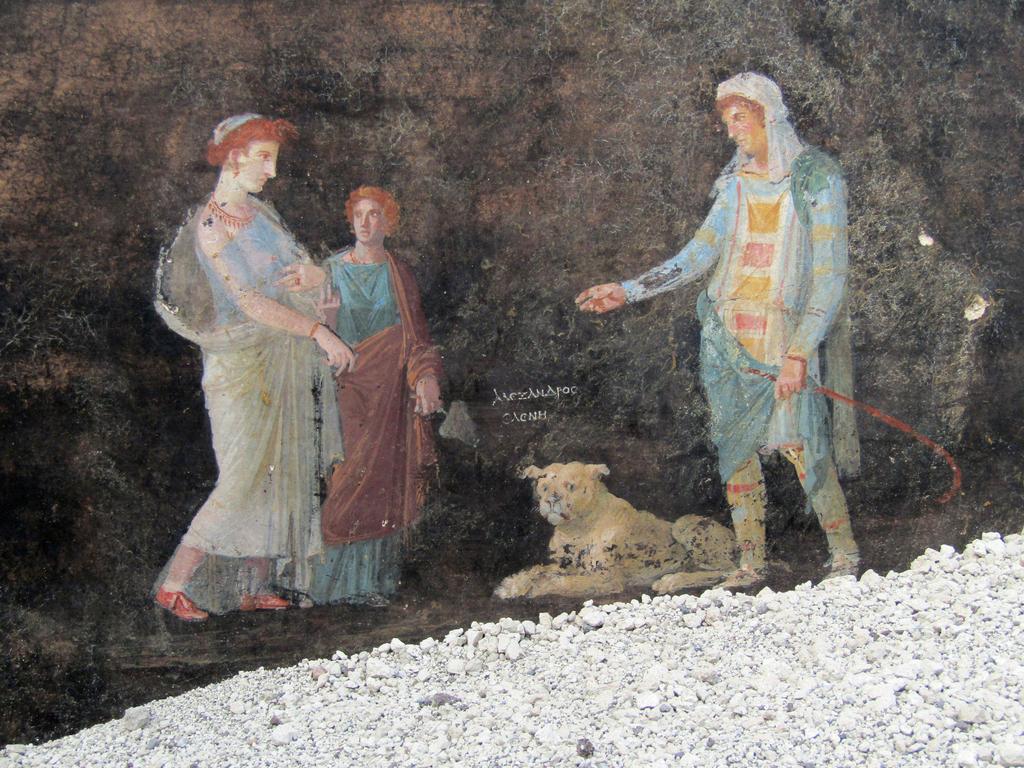
“We are aiming for slow, sustainable, pleasant and non-mass tourism and above all widespread throughout the territory around the UNESCO* site, which is full of cultural jewels to discover.”
The ancient Roman city in southern Italy was buried under ash and rock following the eruption of Mount Vesuvius in 79 CE*.

Pompeii is not the only culturally significant site in Italy introducing barriers to access after becoming overwhelmed by tourists. Floating fairytale city Venice is now charging tourists around AUD $8 to enter, making it the first city in the world to charge visitors an entrance fee in a bid to tackle mass tourism.
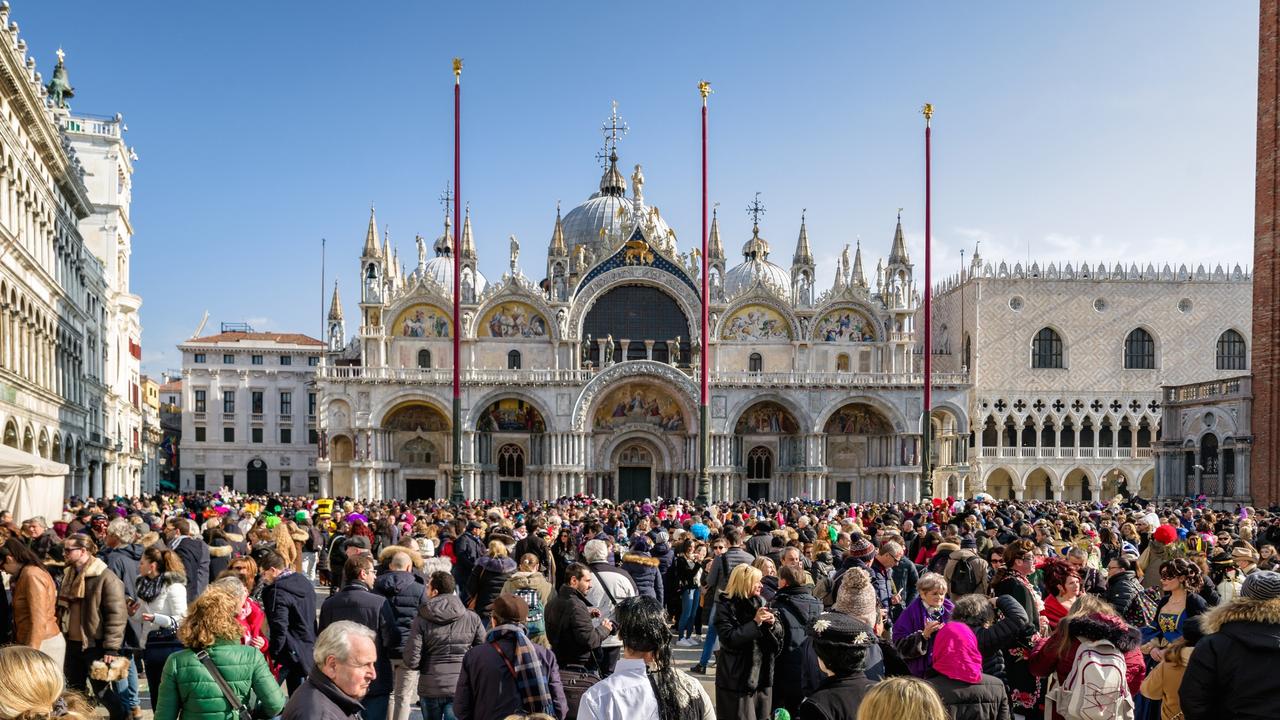
Visitors are required to buy a five-euro ($8.20) ticket, enforced by spot checks* at key points of entry into the UNESCO World Heritage site.
If tourists don’t pre-register to obtain a QR code, they will cop a hefty fine of up to AUD $450. There are some exceptions, such as staying overnight in a hotel, as those guests already pay a tourist tax. However, they still have to register their visit and request an exemption* to the entry fee.
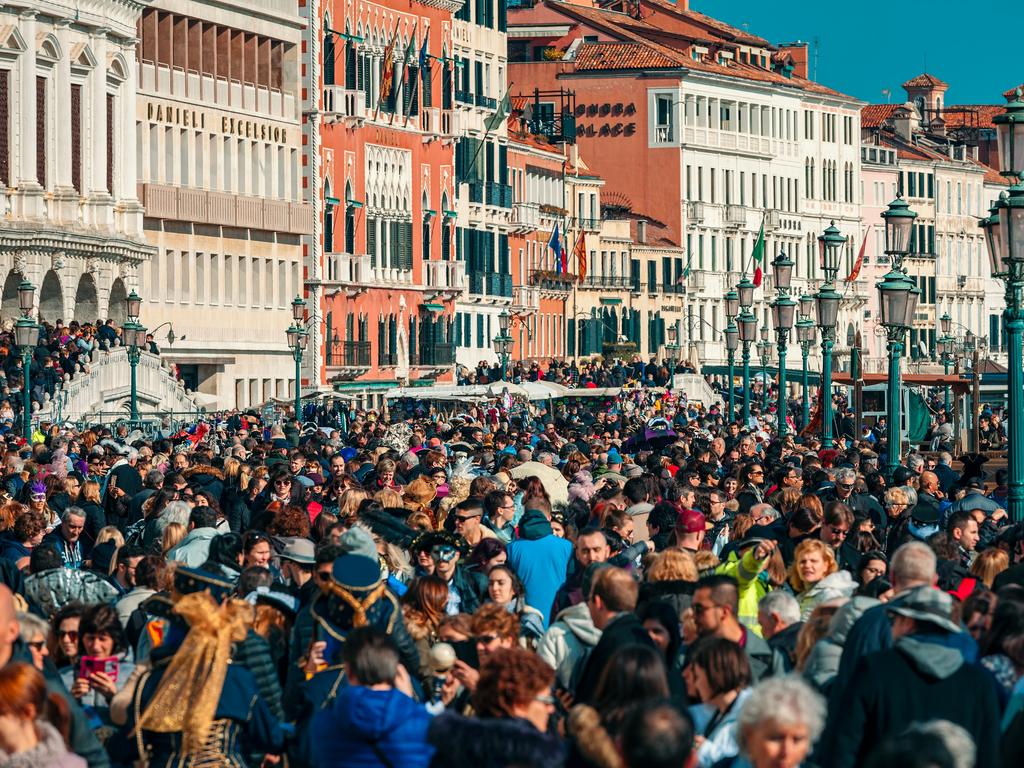
WATCH THE VIDEO
POLL
GLOSSARY
- Pompeii: with ruins dating back to the 4th century BCE, this ancient, sophisticated Greco-Roman city, southeast of Naples was buried by a major eruption of Mt Vesuvius in 79 CE.
- archaeological: relating to the study of buildings, graves, tools and other objects that belonged to people who lived in the past, in order to learn about their culture and society
- heritage: past history, traditions, practices, etc. of a particular country or society that remain important
- UNESCO: the United Nations Educational, Scientific and Cultural Organization
- CE: Common Era, a year of our time, being a secular way of counting years after the birth of Christ in the Christian calendar (AD)
- spot check: a quick, random test or investigation made without warning
- exemption: special permission not to do or pay something
EXTRA READING
Kids’ drawings found in Pompeii
Archaeologists find ancient chariot near Pompeii
Exploring the lost city of Pompeii
QUICK QUIZ
- What happened to the city and people of Pompeii and in what year?
- How many tourists swarmed through the site in a single day last month?
- What is the new maximum number of visitors allowed to enter Pompeii per day?
- Which other world-famous Italian city has introduced measures to slow mass-tourism?
- How might some tourists avoid paying new the entry fee?
LISTEN TO THIS STORY
CLASSROOM ACTIVITIES
1. Tourism detriments
As stated in the Kids News article, having too many visitors can damage special heritage sites in different ways. Read the article and state the negative impacts of having too many tourists to sites like Pompeii:
–
–
–
–
–
–
Time: allow 20 minutes to complete this activity
Curriculum Links: English, History, Science, Personal and Social, Critical and Creative Thinking
2. Extension
What are some Australian sites and landmarks that might be at risk of over-tourism now or in the future?
List them below with some appropriate measures to ensure it doesn’t damage the site or landmark.
SITE/LANDMARK HOW TO REDUCE OVER-TOURISM
Time: allow 20 minutes to complete this activity
Curriculum Links: English, Geography, Science, Personal and Social, Critical and Creative Thinking
VCOP ACTIVITY
BAB it!
Show you have read and understood the article by writing three sentences using the connectives “because’’, “and”, and “but” (BAB).
Your sentences can share different facts or opinions, or the same ones but written about in different ways.
What can you come up with?
Remember to use your VCOP editing skills to read aloud, edit and up-level.

